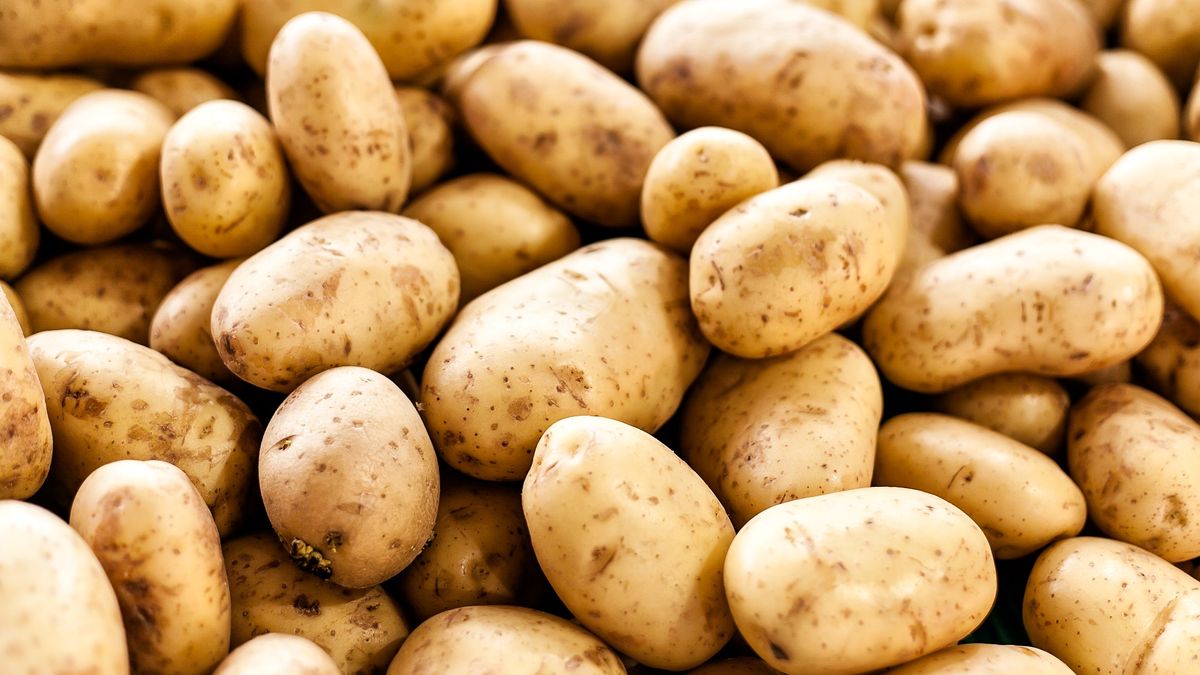By – Aditi Gupta
In the days to come, potatoes might cost more. It’s probably that potato prices remain unchanged until the end of November. But as the new crop of potatoes hits the market, the prices will begin to fall. But for five to six months, the average person will have to buy pricey potatoes.
The cost of potatoes, the most often prepared winter vegetable in homes, has risen, greatly affecting the kitchen budget. Due to adverse conditions, major potato-producing areas like West Bengal and Uttar Pradesh have seen a decline in production this time around. As a result, the price of potatoes rose significantly from the previous year.
According to traders and owners of cold-storage centers, potatoes might being more expensive in the days ahead. It’s likely that potato prices remain unchanged until the end of November. However, as soon as the new crop of potatoes hits the market, prices will begin to drop. But for five to six months, the average person will have to purchase pricey potatoes. Farmers harvest potatoes on February 15 and store them in cold storage until March 31. In this, roughly 15% of the product is harvested and sold straight to consumers, while the remaining 60% is kept in cold storage. The rest is turned into seeds. More than 80% of potatoes are grown in Uttar Pradesh, West Bengal, Punjab, and Bihar.

West Bengal and Uttar Pradesh account for 53% of the nation’s major vegetable production, according to traders in Azadpur Mandi, Delhi, the largest fruit and vegetable market in Asia. However, adverse weather has led to a drop in potato production in both states. This reduction is currently between 10 and 15 percent. Here, sellers in the UP vegetable market report that this year’s potato harvest in Uttar Pradesh was about 115 quintals per acre, down from 150 quintals last year due to the severe cold in January. Potato tuber production was hindered by several days of fog and lack of sunlight.

